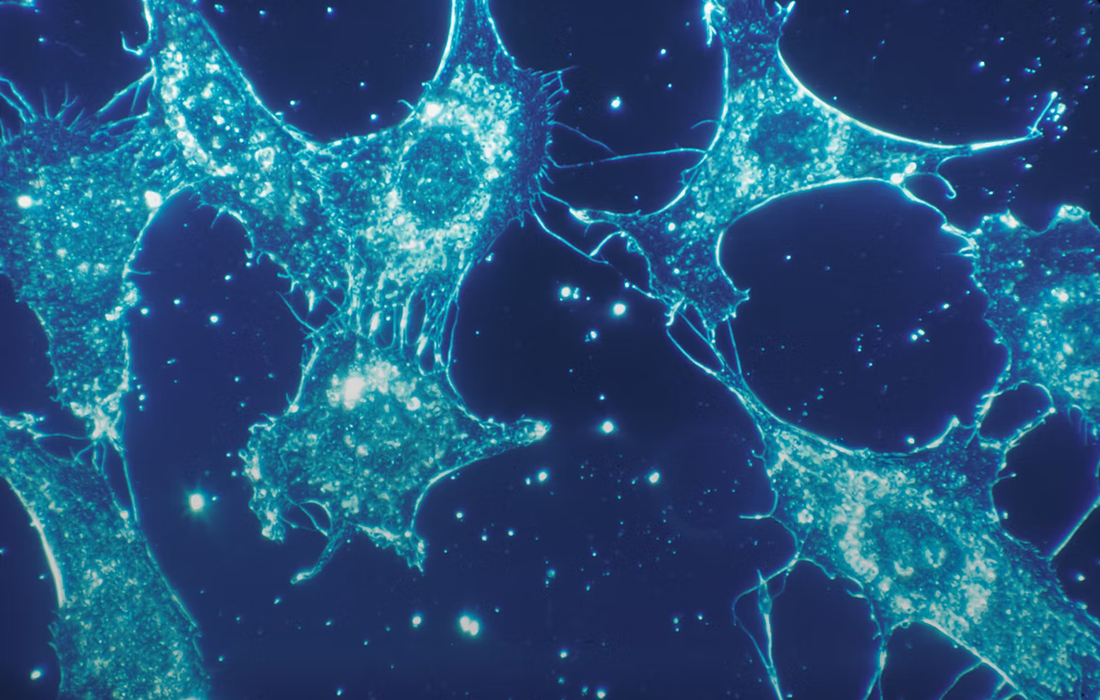Regenerative Medicine News and General Information
Turning On Human Cell Pluripotency
A new study from researchers at Baylor College of Medicine and collaborating institutions reported in the journal Nature Cell Biology insights into the mechanism of how human NANOG facilitates the activation of cell pluripotency.
Human NANOG expression resets stem cells to group-state pluripotency. In the study researchers identified unique features of human NANOG that relate to its dose-sensitive function as a master transcription factor.
“Resetting specialized cells to a pluripotent state requires massive reorganization of the chromatin and changes in gene expression — turning on genes involved in pluripotency and turning off genes that specify specialized cells,” said corresponding author Dr. Josephine Ferreon, assistant professor of pharmacology and chemical biology and member of the Dan L Duncan Comprehensive Cancer Center at Baylor.
NANOG Acts as Molecular Glue
According to the study, when NANOG’s level is low, cells are prone to differentiate, and when high, the ground pluripotent state or “full reset” is achieved and maintained.
NANOG also aggregates even at low concentrations, and is considered an essential mechanism to its function as a master transcription factor. These aggregates are similar to those of amyloids in Alzheimer’s disease. However, these aggregates of NANOG are not associated with harmful conditions and are an essential cellular process, activation of pluripotency.
Sources:
Kyoung-Jae Choi, My Diem Quan, Chuangye Qi, Joo-Hyung Lee, Phoebe S. Tsoi, Mahla Zahabiyon, Aleksandar Bajic, Liya Hu, B. V. Venkataram Prasad, Shih-Chu Jeff Liao, Wenbo Li, Allan Chris M. Ferreon, Josephine C. Ferreon. NANOG prion-like assembly mediates DNA bridging to facilitate chromatin reorganization and activation of pluripotency. Nature Cell Biology, 2022; DOI: 10.1038/s41556-022-00896-x
Image from:
Photo by National Cancer Institute on Unsplash

